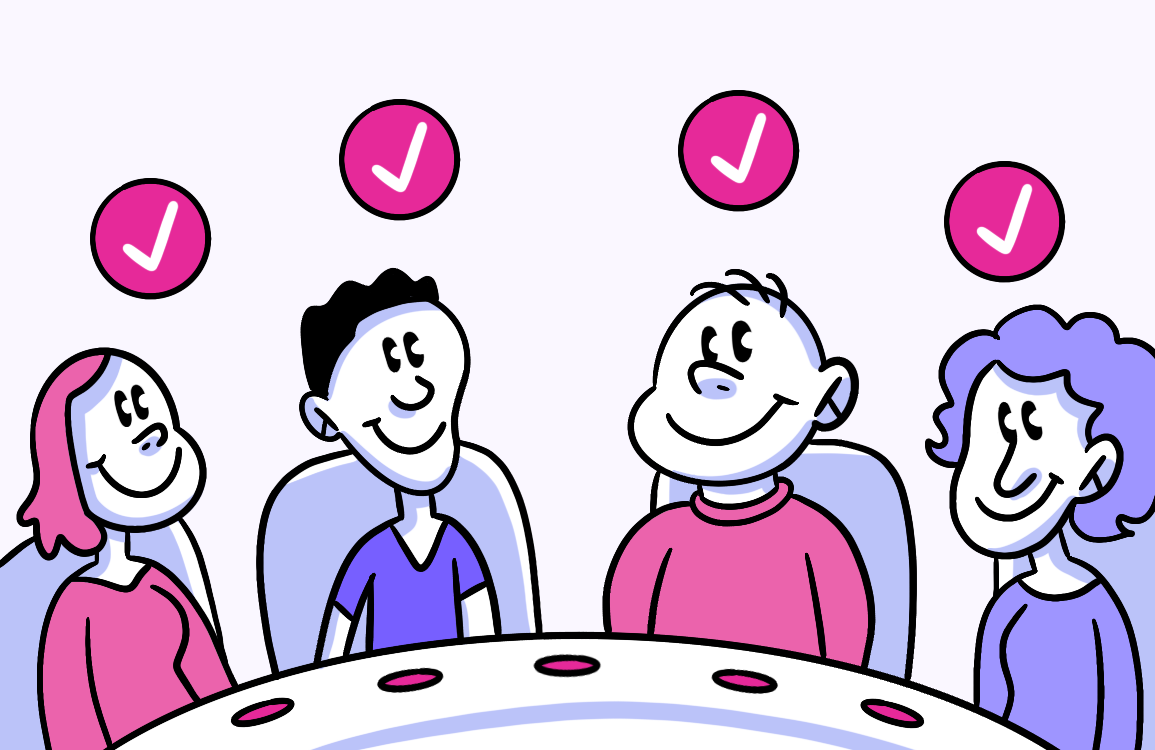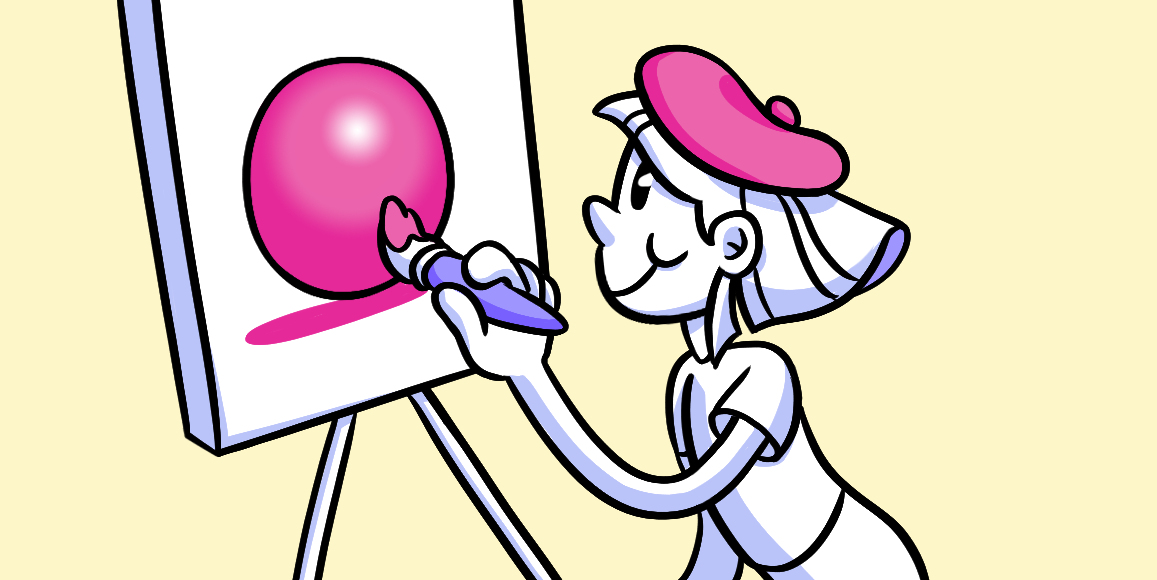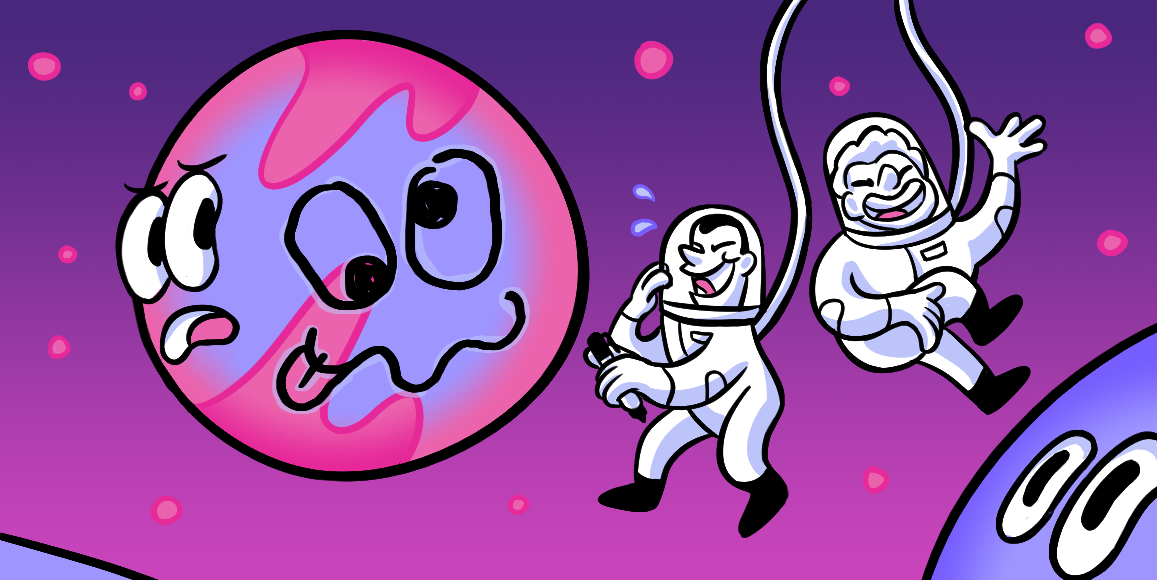Get Ready to Take Flight
Method: Organization | Deliverable: Flight Plan
Every successful project starts with a plan.
A Flight Plan is a start to a great outcome. It communicates the high-level focus for each week of a design project. And it also defines the deliverables or outcome. But it’s just a start.
Flight Plans are fluid. As business goals are defined and Design Insights are surfaced, Flight Plans provide the flexibility to change and become what a business needs for a product release.
For instance, a Flight Plan is an organized way to construct a design project. Weekly activities, deliverables and goals are outlined over a timeline to produce an outcome, for example.
The plan emphasizes doing and making a lot of small decisions that together move a project forward.
A Design Leader drives a Flight Plan with the entire project team. It’s iterative, people-centered design that requires the members of a project team to be active participants and collaborators.

Learning Objective
The learning objective of this section is to understand a project Flight Plan.
Goals of a Flight Plan
There are three mental spaces to think about when crafting a Flight Plan. The goal of this section is to summarize the important ideas in a Flight Plan.
- Lift — frame the challenge. This is all about learning. During Lift, the team is need finding, opening up the problem and exploring all the possibilities. It begins by conducting interviews, analyzing the competition, conducting user research and exploring the opportunities. The goal: to first open up, to define the problem, and then see how to create the most impact during a project.
- Leap — assess the potential. This is where the fun starts. During Leap, the team digs into the problem and generates ideas in massive volume. It’s started with concept sketches to get as many of the ideas out there to determine what makes sense to focus on now. The team moves into journey maps, workflows and increases the fidelity of the sketches by graduating into wireframes and clickable prototypes. Rapid prototyping and iteration is the name of the game.
- Land — finalize the choices. The Land stage is often the most exciting. The team will create mood boards, solidify visuals by collecting user feedback through testing and dive into the analytics to make sure the mark has been hit and is moving the needle. With the final design decisions in place, we begin coding up core screens of the product. A coded style guide becomes a valuable asset for the implementation team. It makes the CSS & HTML easy to copy and paste during implementation.
Challenge
In many organizations, design can seem like an unpredictable and confusing process because not everyone is used to making creative decisions.
Here are some of the reasons design projects are difficult to run effectively.
- Teams don’t adapt to constant fluctuation.
- Convergent thinking prevents breakout ideas.
- Causal reasoning slows a project down.
- Teams become solution oriented too quickly.
- The variability of design gets teams frustrated.
Teams don’t adapt to constant fluctuation
Business visionary Peter Drucker noted that businesses are in constant fluctuation in his Paradigm of Change Model. The three spaces they live in (strategic, tactical and operational) can create opportunity, but also create dysfunction. Design is a way to solve these challenges. Creating a flight plan should address one or many of these overlapping spaces.
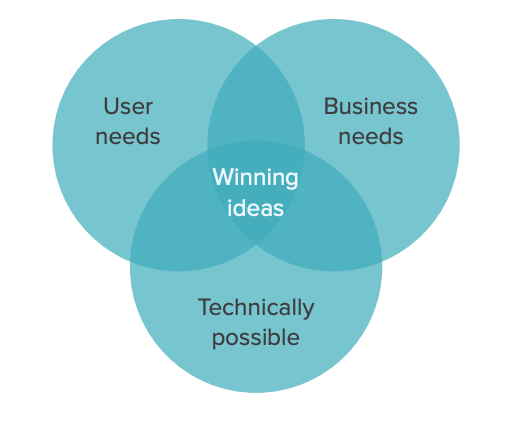
Before creating a Flight Plan, it’s important to understand the organizational change the team is trying to make happen.
Convergent thinking prevents breakout ideas
Creating a great product or service emerges from opening up a problem to understand an opportunity. This is divergent thinking. A Flight Plan should enable a design lead to open up a problem with broad ideas that create impact in the business. However, opening up a problem isn’t enough as designers still need to come up with solutions based on their learnings. Using those lessons and research, designers must use convergent thinking to synthesize the ideas into a final solution.
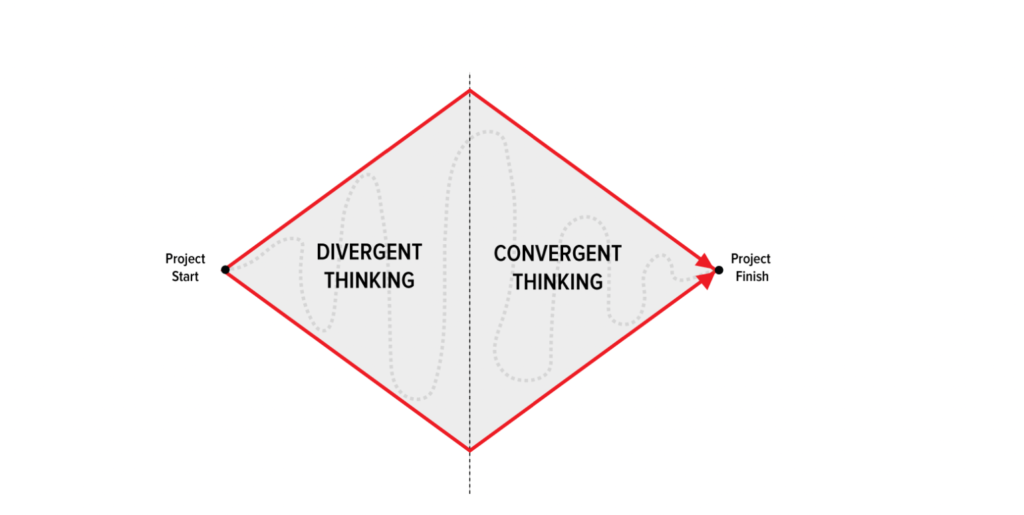
A team will open and close each phase with divergent and convergent thinking.
Causal reasoning slows a project down
Design projects deal with a lot of variables. Instead of fighting the desire to restrict a goal based on a set of predefined constraints, it’s important to understand that some problems are better solved using effective reasoning and available means.
A design project should focus on using a set of evolving means to achieve new and different goals.
Effectuation evokes creative and transformative tactics. Effectual logic is the name given to heuristics used by expert entrepreneurs in new venture creation. Effectual thinkers believe that “If I can control the future, I do not need to predict it.”
- Bird in Hand Principle. Start with your means. Don’t wait for the perfect opportunity. Start taking action, based on what you have readily available: who you are, what you know, and who you know.
- Affordable Loss Principle. – Set affordable loss Evaluate opportunities based on whether the downside is acceptable, rather than on the attractiveness of the predicted upside.
- Lemonade Principle. Leverage contingencies and embrace surprises that arise from uncertain situations, remaining flexible rather than tethered to existing goals.
Crazy-Quilt Principle. Form partnerships with people and organizations willing to make a real commitment to jointly creating the future — product, firm, market — with you. Don’t worry so much about competitive analysis and strategic planning.
Teams are too solution oriented
There are 3 phases in a flight plan: Lift, Leap and Land.
Each has a distinctive goal to move a team forward through strategy, tactical, and operational design problems. Keep in mind, a Flight Plan might include all three phases or might include only a single phase.
Each mental space has a specific goal to help a project team stay focused on an end outcome.
- Lift. Frame the challenge. The goal is to open up the problem using design.
- Leap. Assess the potential. The goal is to challenge our ideas and assumptions
- Land. Finalize the choices. The goal is to refine our ideas and implement a solution.
The variability of design gets people frustrated
The number of methods used in design is quite large, and almost always variable. This can be frustrating to critical thinkers that want to sprint through a process to an end goal. In most cases, project teams can all agree they are shooting to create a large impact with design, but it’s how the team gets there that creates disagreements.
Deliverables
Plan out the deliverables week by week, relying on a narrative to describe the output of the team. These deliverables will be created using Jumps to share them with the team.
Week 1: Need Finding
Opening up the challenge first ensures we’re pursuing the right opportunity, as a team and from a strategic perspective. The project team will provide some questions for the stakeholders as preparation for a kickoff meeting. Moreover, a Helio Advocate will also conduct a complete site audit of the J&R site. An audit will help assess the current site and help the team provide insights into the opportunities that can be addressed. The project team will review key competitor sites to fully analyze the J&R needs.
Timeline
The core unit of time in a Flight Plan is a week and projects can typically range on the small side of two weeks to the longer side of twenty five weeks.
An example project might look something like this:
Week 1:
Need Finding
Week 2:
Define
Week 3-4:
Ideation
Weeks 5-12:
Prototyping & Testing
Weeks 13-15:
Visual Design
Weeks 16-21:
Front-End Code
Week 22:
Wrap-up
In the example of above, the weeks fit into the three phases:
Weeks 1-2: LIFT
3-12: LEAP
13-22: LAND
A timeline builds confidence in activities over the course of a Flight Plan. In many cases, the work will spill into weeks. This ensures the desired result is met before jumping into the next activity. This requires working backwards off an end date and adjusting the activities to get the most out of the work.
End date: An end of the project should be decided upfront with a clear idea of how the work will align with the engineering team. Based on the feedback received during a project, the scope of the work can vary if there are new insights which might create better results.
WeeK 22- Wrap-up
The project team reviews any outstanding items. As a team, finalizes the delivery and asset handover to the development team. They also continue discussion. However, provide recommendations and other areas that J&R might want to tackle on a phase approach basis, as they continue designing additional products and offerings for them.
Timebox dates with the deliverables. When Design Leads are able to dictate the cost/benefits of a desired outcome, their influence should re-frame a timeline to best fit the goals of the customer of the business. Obviously, trust in a significant factor in making these decisions and it requires designers to have a deeper understanding of the business problem beyond sales.
Phases of a Flight Plan
Design Leads should understand how to create a Flight Plan to push the organization forward.
There are six phases to use in a Flight Plan, spread across the three mental spaces. The first half of the plan uses divergent thinking, sparked by design research and analysis. The second half of the process requires converging ideas through design synthesis.
Within each of the mental spaces, there are two sides (divergent and convergent thinking) that helps the team get the most out of the strategic, tactic and implementation design work. Each phase should answer a short, two word question.
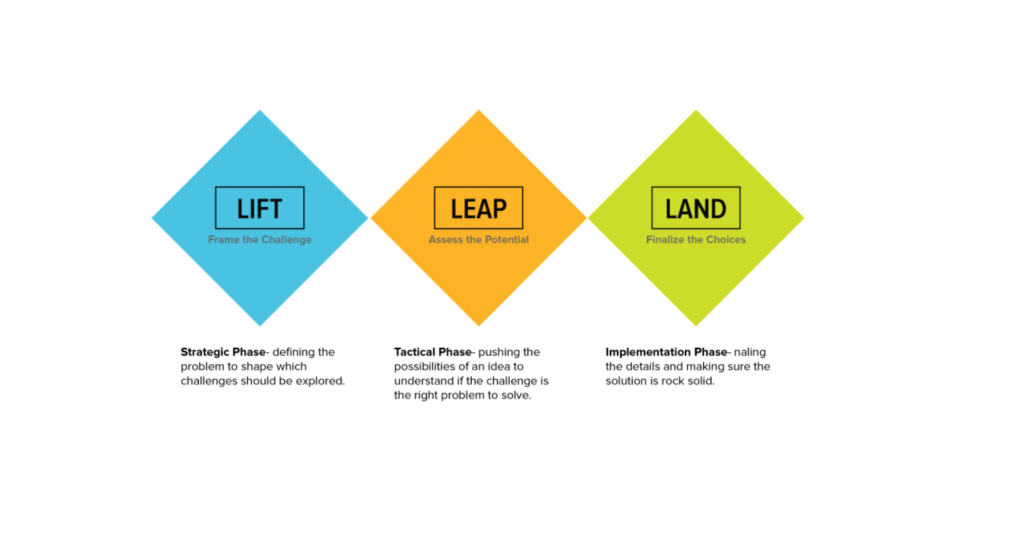
- Lift: Frame the challenge.
- Needfind: How come? Use the power of questions to bring together insights that shape our goals.
- Define: What if? Start by opening up the challenge to ensure the team is going after the right strategic opportunity.
- Leap: Assess the potential.
- Ideation: How about? Use sketching as an efficient way to visualize workflows and move to create the visual presentation of the strategy.
- Prototype: Why not? With the high-level application interaction design decisions made during the Ideation phase, capture the user interface in detailed high-fidelity wireframes.
- Land: Finalize the choices.
- Build: Which one? With the design structure agreed upon, work to create a flexible, scalable visual design.
- Analyze: Why’s that? Breakdown the problem by looking at qualitative and quantitative data to surface design insights.
Example
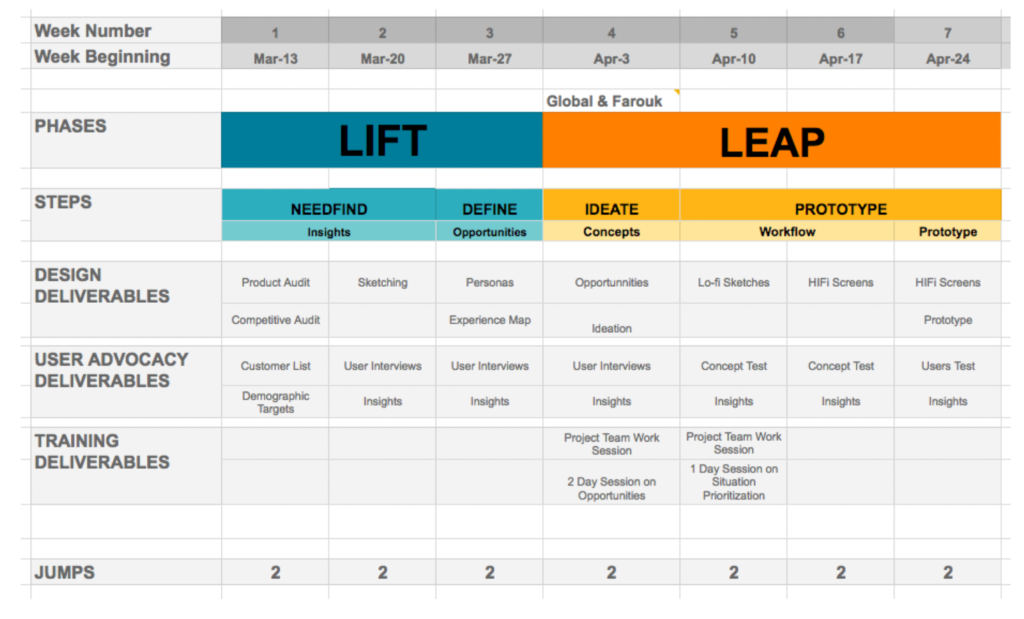
Get Your Flight Plan With Helio
Helio lets you fetch your needfeeding, insights, and opportunities from an actual audience. Test all along your Flight Plan. Or you can do some exploratory research to help you craft a rock solid plan.
Start with validating your audience. This test template can help you!










